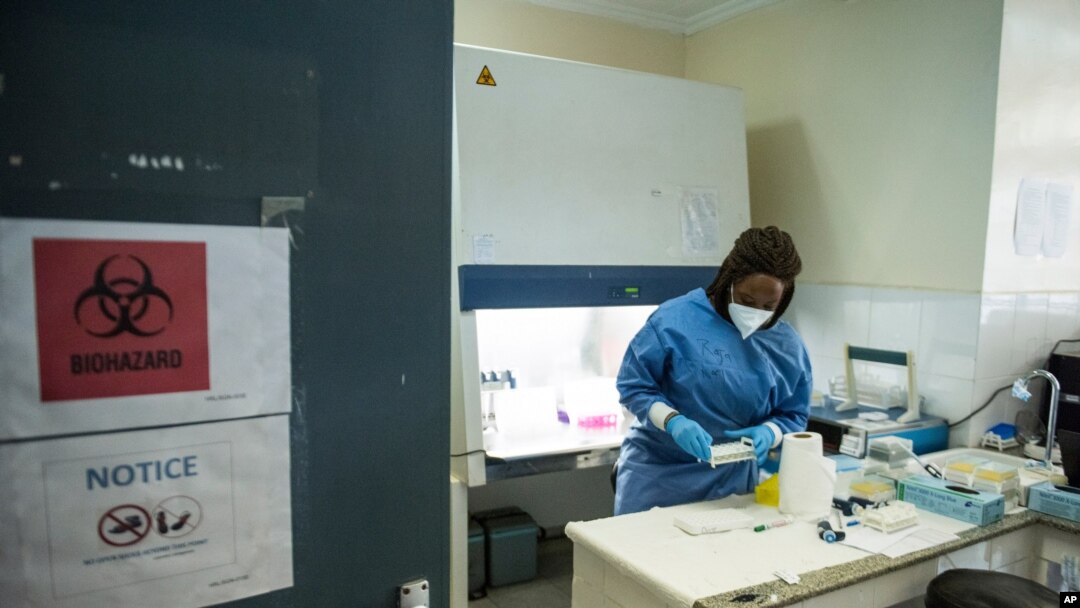The International Monetary Fund has agreed to give the South Sudan government an economic stabilization loan of $174.2 million.
The loan will be used to address two significant problems, according to South Sudan Central Bank Governor Tier Tong Ngor.
“We have agreed with IMF that half of this amount will be used for budget support to pay salary arrears and the other part will remain with the central bank for a balance-of-payment support to stabilize the exchange rate and also to stabilize the market,” said Ngor.
The government has not paid civil servant salaries for five months. Ngor said the central bank looks forward to getting its books in order by the end of the next fiscal year.
He said South Sudan would pay back the loan on a “long-term” basis without interest. When asked when the government must begin paying down the IMF loan, Ngor did not answer. He blamed falling international oil prices, the fallout from the coronavirus pandemic and last year’s floods for South Sudan’s ailing economy.
Ngor said the Central Bank also was undertaking other initiatives to restore South Sudan’s economic stability.
“We have stopped deficit financing and we also introduced the auction of foreign exchange to foreign exchange bureaus, so we have been auctioning about $2 million every week since December last year, and it is continuing. This action has helped stabilize the exchange rate, and it also has helped the relative stability of prices,” said Ngor.
$3 million will be auctioned every two weeks to commercial banks, in addition to $2 million being auctioned to foreign exchange bureaus every two weeks, he said.
Ngor also noted the bank was trying to unify the official exchange rate with the market rate.
The moves will not resolve South Sudan’s economic woes, but they are a step in the right direction, said Augustino Ting Mayai, a policy analyst with the Juba-based Sudd Institute.
“It is more of a supporting instrument for stabilization of the economy, but you will need more resources to be able to stimulate the economy. So, the loan is not a solution, but it provides breathing space for the government to be able to use oil money for other priorities,” Mayai told South Sudan in Focus.
South Sudan functions with two different exchange rates: the official rate and the market rate, or the black market.
More than a year ago, prior to the coronavirus pandemic, South Sudan’s exchange market rate was 280 South Sudanese pounds for a dollar. Today, $1 exchanges for 620 South Sudanese pounds on the black market. The official exchange rate is $1 for 183 South Sudanese pounds.


